| Chemical Name | Acetic Acid |
|---|---|
| CAS Number | 64-19-7 |
| Molecular Formula | C₂H₄O₂ |
| Molecular Weight | 60.05 g/mol |
| Appearance | Clear, colorless liquid |
| Odor | Strong, vinegar-like smell |
| Density | 1.049 g/cm³ |
| Melting Point | 16.6°C |
| Boiling Point | 118°C |
| pH | ~2.4 |
| Solubility | Completely miscible with water |
Acetic Acid
It is a clear, colorless organic acid with a strong, pungent odor. It is the main component of vinegar (aside from water) and has numerous industrial, chemical, and food applications. It is classified as a weak acid but is highly versatile due to its chemical reactivity.
Applications
Industrial Applications
- Chemical Synthesis: Precursor for acetic anhydride, acetate esters, and vinyl acetate monomer (VAM).
- Textile Industry: Used in dyeing and printing processes.
- Plastics: Essential in manufacturing PET plastics and synthetic fibers.
Food Industry
- Vinegar Production: The primary component giving vinegar its tart flavor.
- Preservative: Controls microbial growth in pickles, sauces, and condiments.
- pH Regulator: Adjusts acidity in processed foods.
Pharmaceuticals
- Medications: Utilized in some antiseptics, ear drops, and as a reagent in drug production.
Cleaning and Household Products
- Descaler: Removes limescale and rust from surfaces.
- General Cleaner: Dissolves grease, grime, and residues.
Agriculture
- Herbicide: Used in concentrated forms to kill weeds.
- Animal Feed: Acts as an additive to preserve silage.

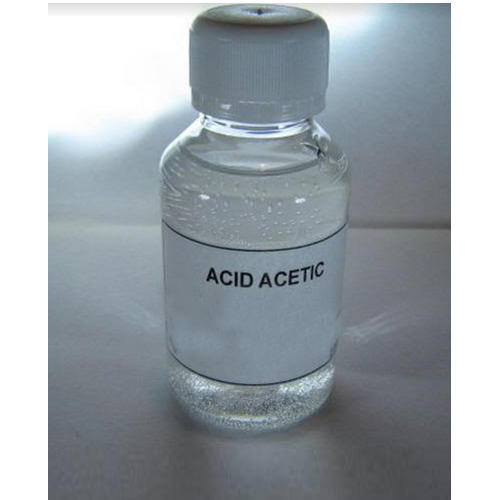
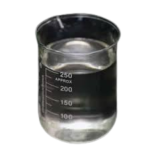
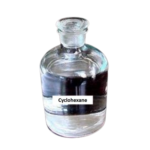
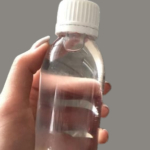
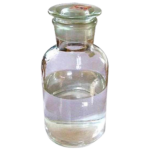
Reviews
There are no reviews yet.